Affiliate links on Android Authority may earn us a commission. Learn more.
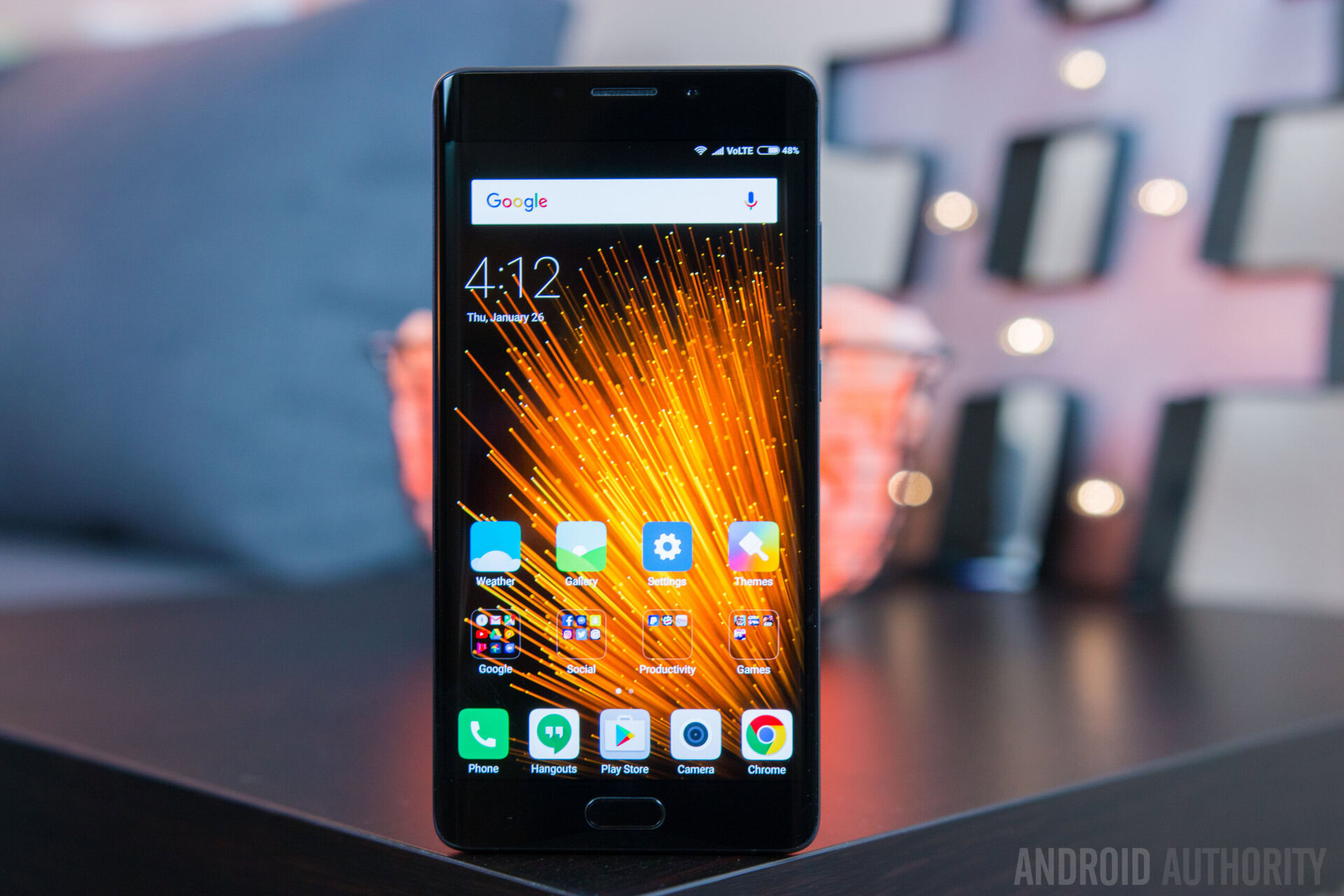
Xiaomi Mi Note 2 review
Published onFebruary 6, 2017
Xiaomi Mi Note 2
What we like
What we don't like
Our scores
Xiaomi Mi Note 2
We’ve seen a lot of interesting devices from Chinese OEMs like the HONOR Magic and the Xiaomi Mi Mix, but something that Chinese manufacturers have notoriously been known for is creating smartphone clones. That is what Xiaomi’s latest flagship, the Mi Note 2, would have been, if not for the unfortunate discontinuation of the Samsung Galaxy Note 7.
Now, the Xiaomi flagship is instead the closest thing you can get to a worthy alternative. But is this phone merely a carbon copy, or does it have more to offer beneath the surface? We find out, in this comprehensive Xiaomi Mi Note 2 review!
Design
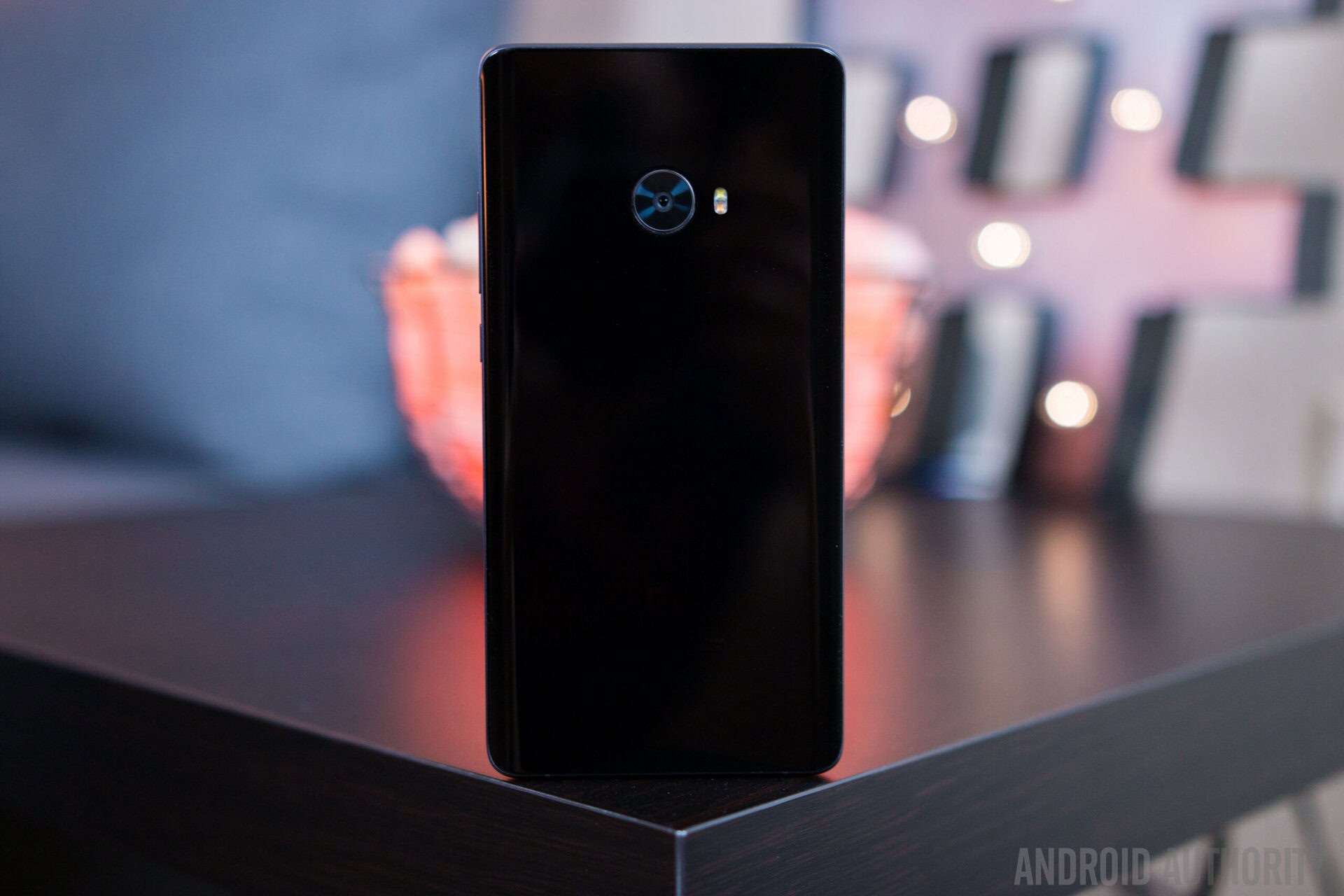
If you miss the design of the Galaxy Note 7, the good news is that the Xiaomi Mi Note 2 features the same design, albeit while not being as refined as what was seen with the former. For example, the bezels along the sides of the display are thicker, making for a phone that is wider overall, and there is a much clearer and sharper distinction with the way the glass and metal meet on the sides.
Other than that, the design language is practically identical. You get curved glass on the front and back, that Xiaomi is calling 3D glass, and it’s all wrapped in a smooth and solid metal frame. The build quality is fantastic and the Mi Note 2 is a beauty, assuming you can keep it clean from fingerprints, smudges, and dust, all of which are especially prominent on this Piano Black version of the device that is seen in this review.
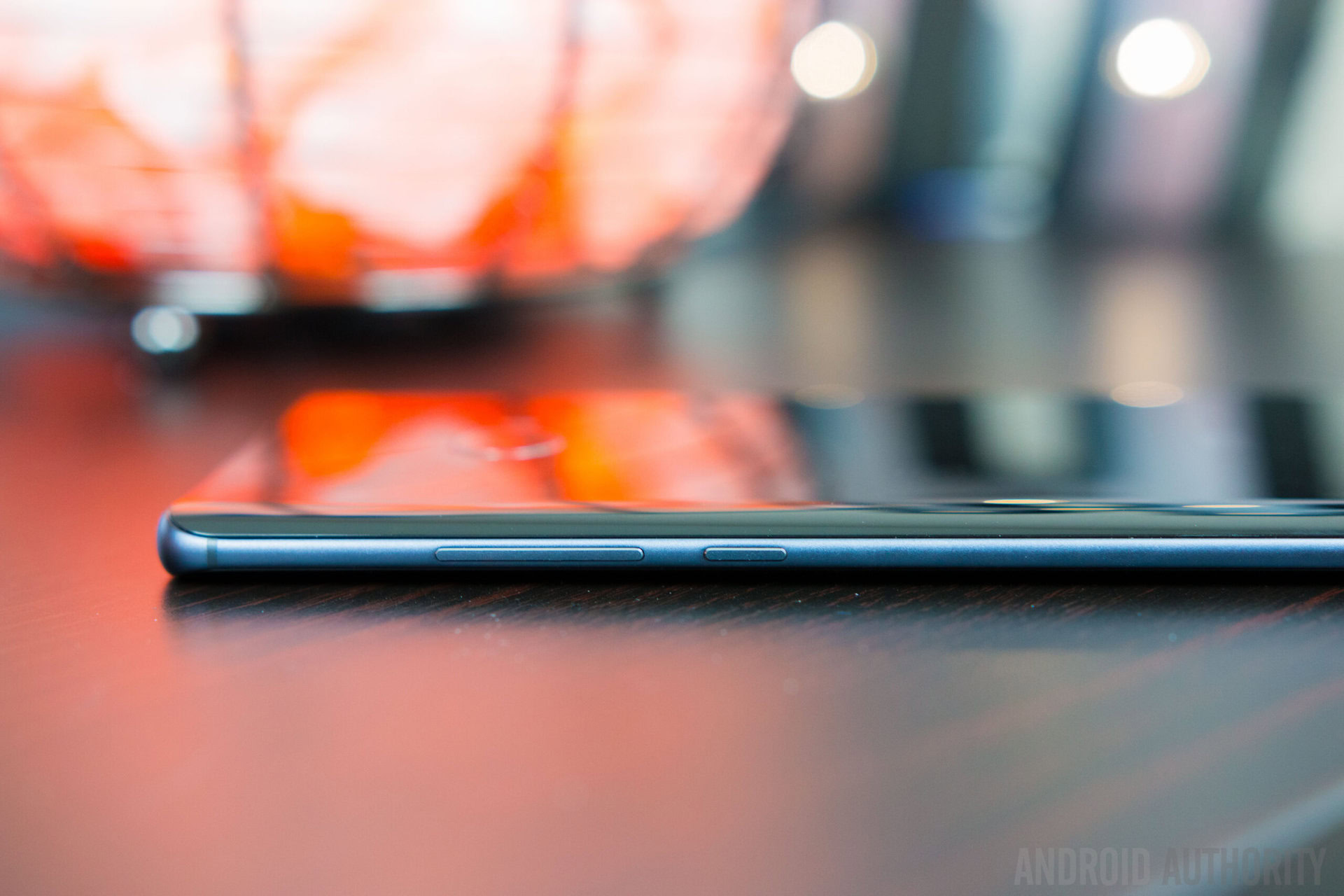
Of course, there is also no S-Pen like stylus that is housed at the bottom of the device, and there is only the USB Type-C port flanked by the single speaker unit and a microphone, found under symmetrical grills. Up top is the headphone jack as well as an IR blaster, that will let you control your TV or other peripherals. On the right is the volume rocker and the power button, that are also made of metal and offer a lot of tactile feedback, and on the left is the dual SIM card slot.
Below the display up front is the physical home button that doubles as a fingerprint scanner, but at first glance, the home button may look like a solid state button because of how flush it sits with the glass. It does have some capacitive functionality, so when the phone is unlocked, all you need to do is touch the home button to go home, and the only time you really have to press it is when accessing Google Now or when unlocking the phone.
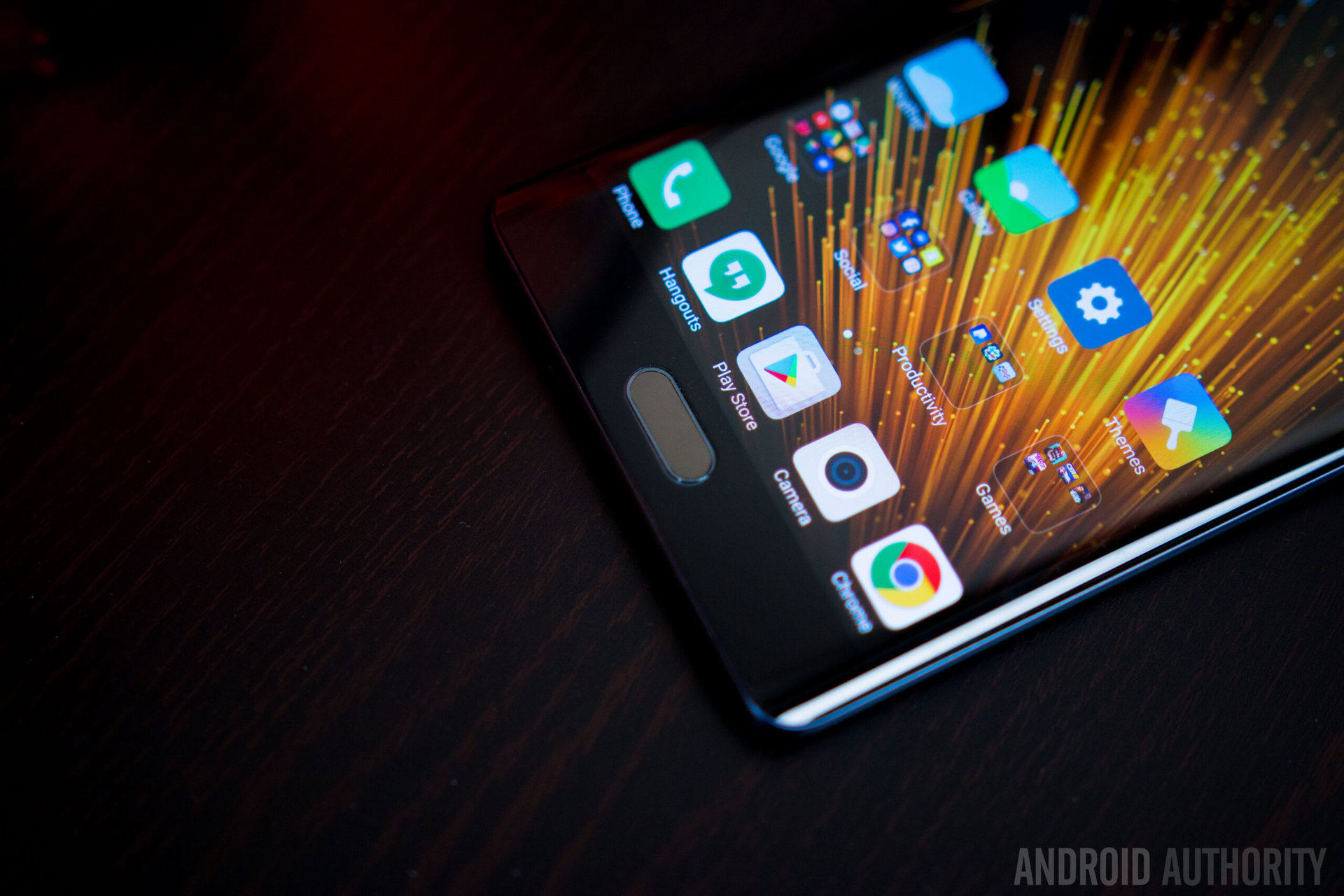
The home button is flanked by two capacitive buttons denoted by dots, and it is up to you as to which side works as a back key and the Recent Apps button, and you can change the order depending on which orientation you are more comfortable with.
Display
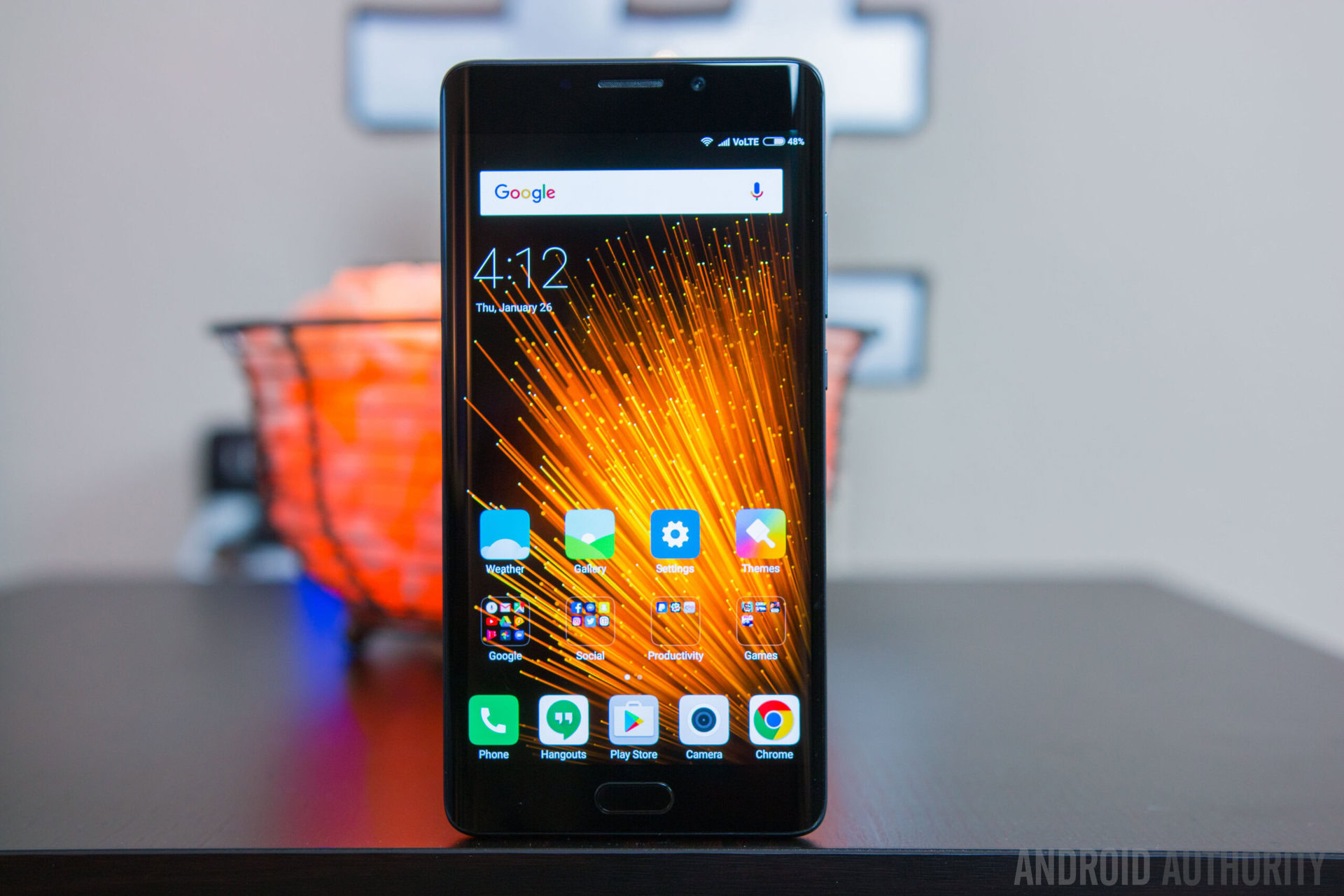
The Mi Note 2 comes with a 5.7-inch AMOLED display, but unlike other flagship smartphones, Xiaomi decided to stick with a 1080p resolution instead of Quad HD. The screen is definitely sharp enough though, and unless you’re planning to use the phone for VR, you won’t even notice the difference, and you get the inherent benefits of an AMOLED screen, including deep blacks, high contrast, and punchy colors.
There are also some options within the Settings to adjust the color and contrast to what best suits you, and there is a reading mode available that makes it easier on your eyes at night. If you like big screen phones for a more comfortable media consumption experience, you’ll definitely have a great time with this display. Xiaomi also did a great job of leveraging the large size by giving the Mi Note 2 a very high dpi, that allows you to see a lot more content on the screen at one time.
Performance
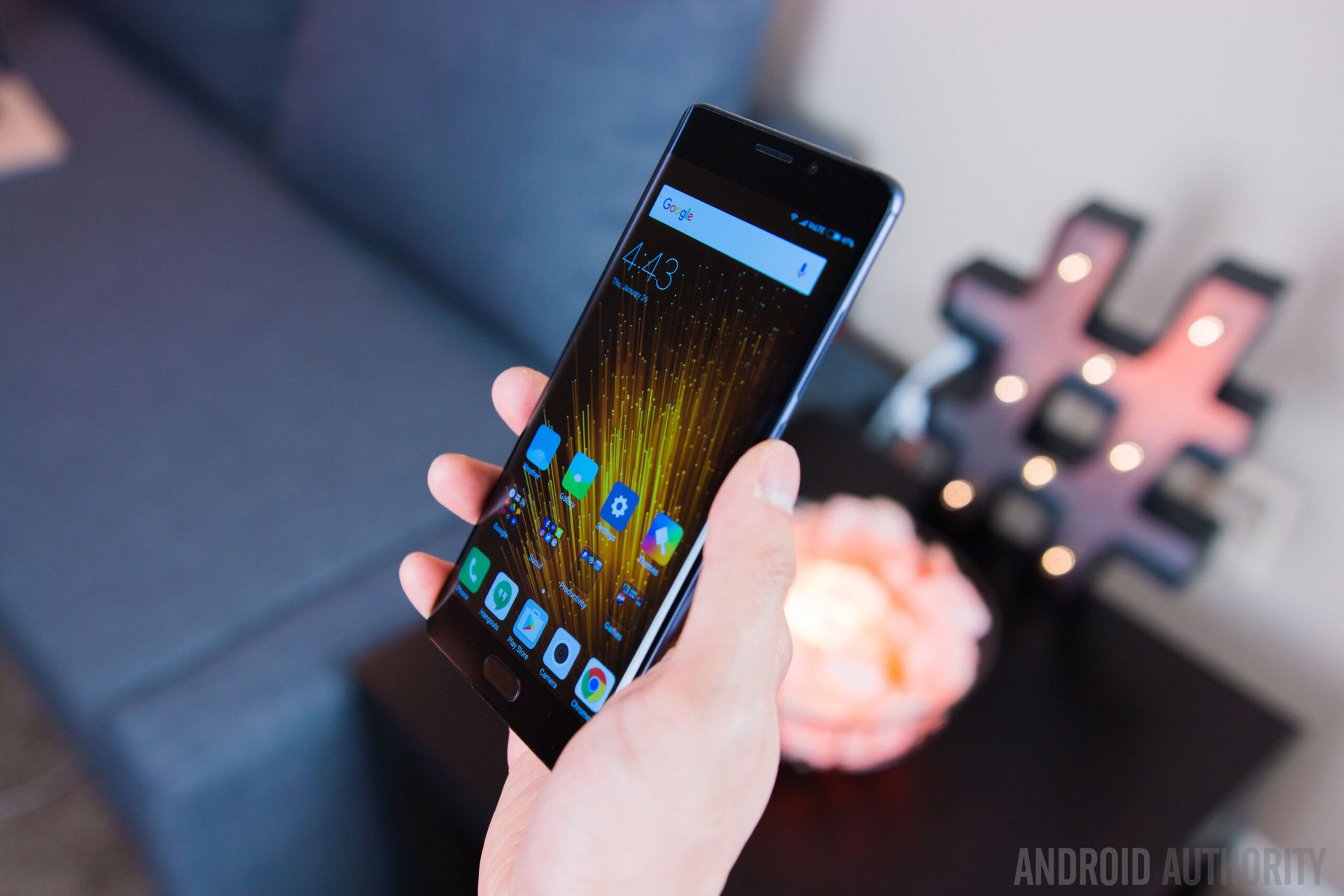
Under the hood, the Mi Note 2 has got all the specs you’d expect from a flagship smartphone. All versions of the device come with the quad-core Qualcomm Snapdragon 821 processor, clocked at 2.35 GHz, backed by either 4 GB or 6 GB of RAM.
This review unit is the premium edition with 6 GB of RAM, and unsurprisingly, the performance has been nothing short of wonderful. It is as fast and fluid as you’d expect, and the touch response is excellent. You can enjoy high-end games without any lag or dropped frames, and with that much RAM, jumping between various apps isn’t a problem at all. Of course, multi-tasking shouldn’t be much of an issue with the 4 GB of RAM iteration either.
Hardware
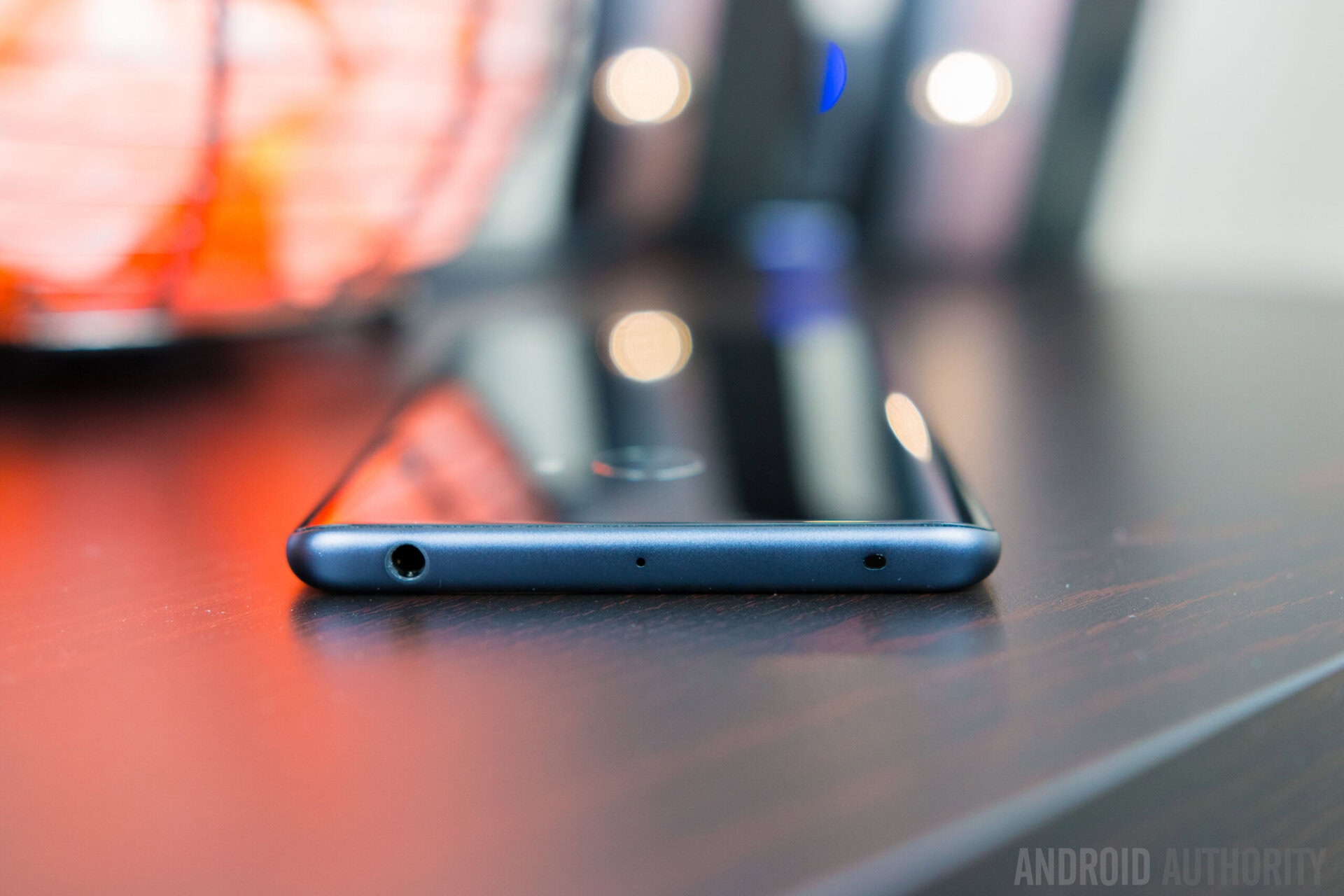
The Mi Note 2 comes with 64 GB or 128 GB variants, which also dictates how much RAM you will get. There is no expandable storage available, but the high capacity internal storage should be more than enough to cover the needs of most users.
The device does come with dual SIM capabilities, and the premium edition with 128 GB of storage and 6 GB of RAM will also be available in a global version, that supports a total of 37 bands, including 22 LTE bands. If you are looking to use the Mi Note 2 outside of China, this iteration of the phone will be your safest best as far as network compatibility is concerned anywhere in the world, or with GSM carriers in the US like T-Mobile and AT&T.
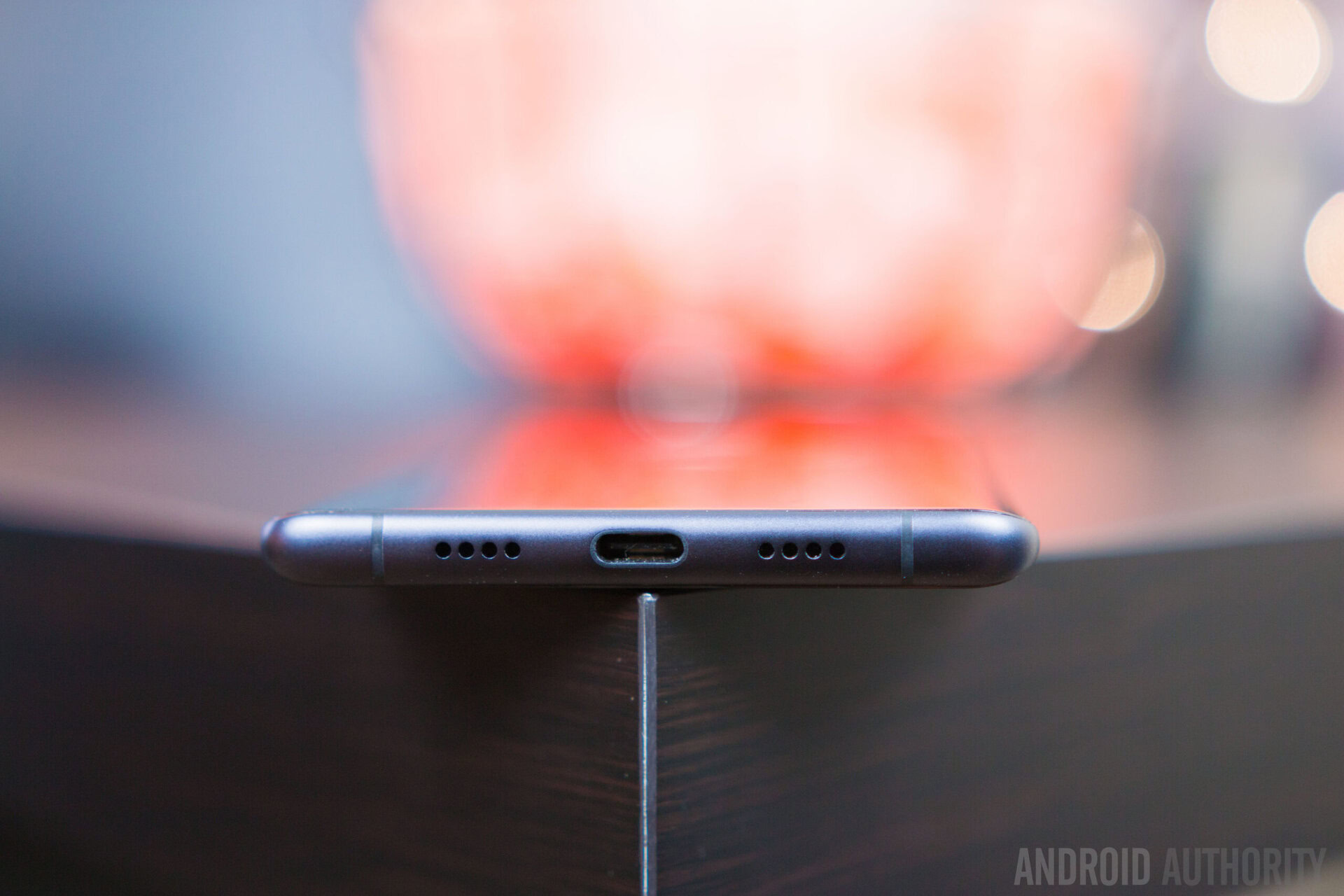
As mentioned, the home button up front comes with an integrated fingerprint scanner. The sensor is very accurate and unlocks the phone very quickly. Rarely did it fail to unlock the device with the first attempt, and with the scanner placed on the front, it is much more convenient when the phone is sitting on a table or a desk.
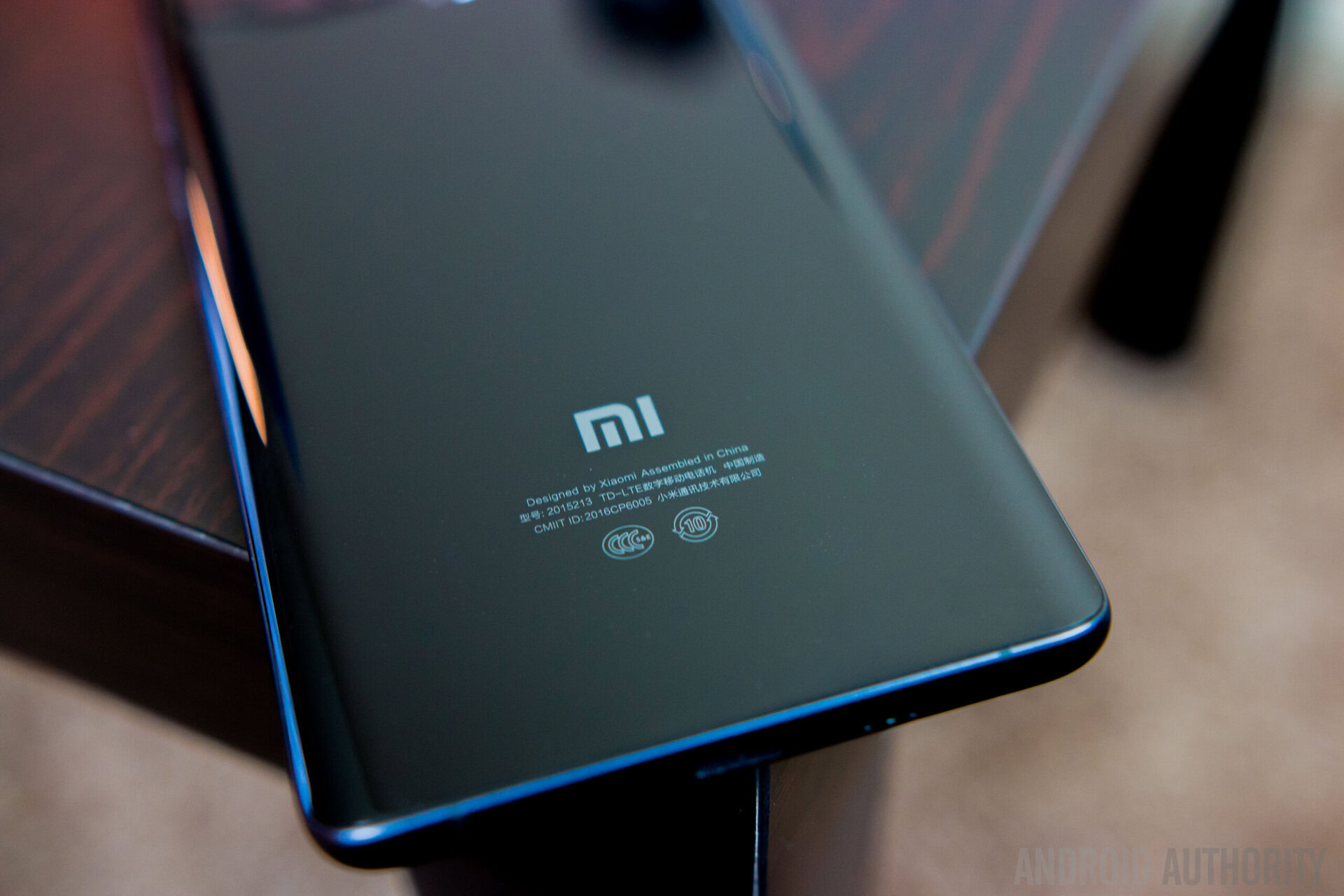
The biggest benefit of having a 1080p display is how much easier it is on your phone’s battery, and the Full HD panel of the Mi Note 2, along with a massive 4,070 mAh battery, is a potent recipe for impressive battery life. The Mi Note 2 will comfortably last for a full day, and even longer with more casual usage. With usage involving a lot of gaming, watching videos on Youtube, browsing social media, and more, I got around 6.5 hours of screen-on time, which is great.
If you are worried about running out of battery, the Xiaomi Mi Note 2 does come with fast charging capabilities with its support for Qualcomm Quick Charge 3.0 technology. A charge of just half an hour will get you back up to 83% of battery, so even if you are crunched for time, a short charge will get you a lot of battery life back.
Camera
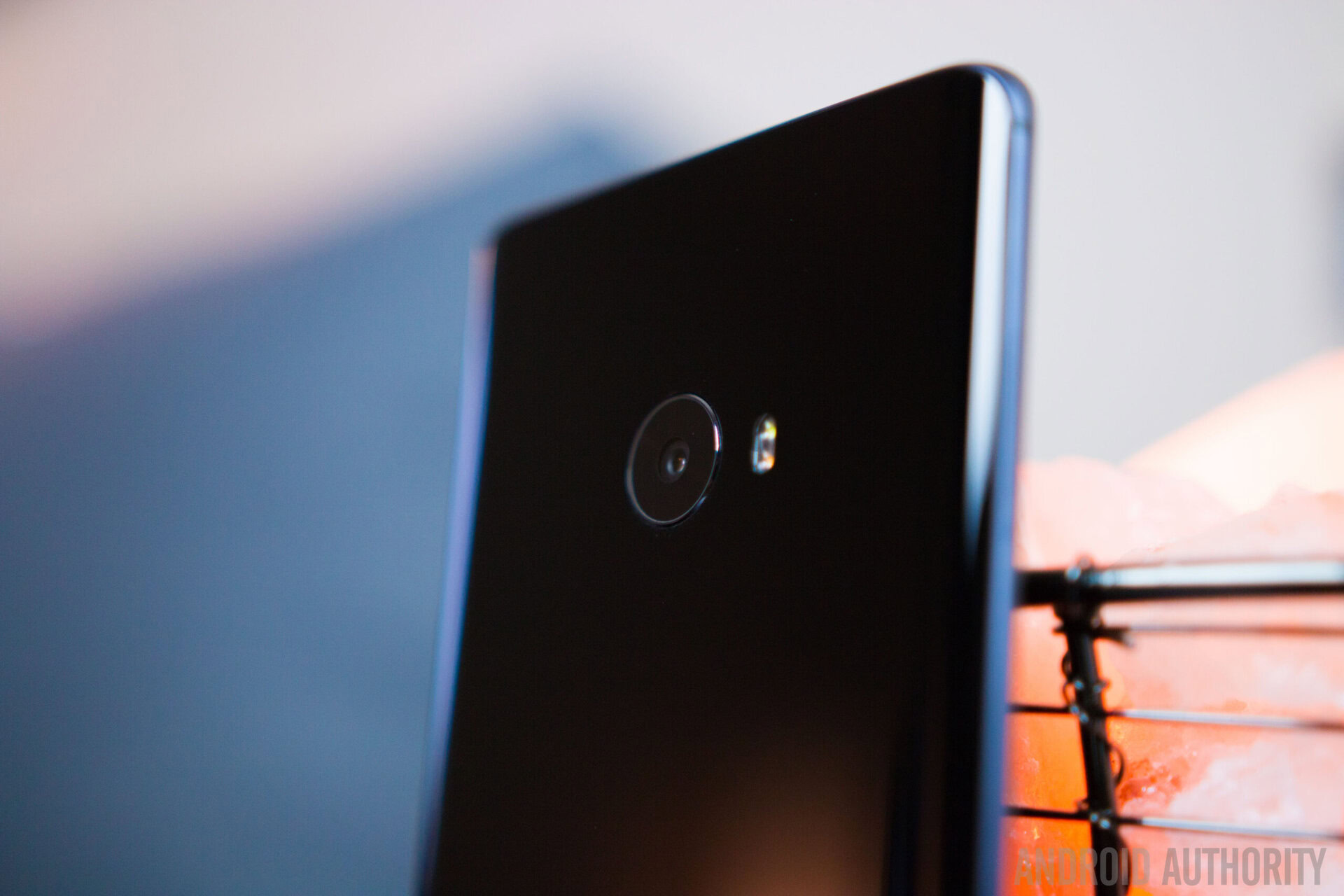
The Mi Note 2 comes with a 22.56 MP rear camera with a f/2.0 aperture, and a 8 MP front-facing unit. Unfortunately, there is no OIS to support the primary shooter, but it does at the very least have some form of electronic image stabilization.
The camera application is straightforward and simple to use, and comes with a handful of shooting modes like panorama, a group selfie mode, beautify, and a manual mode that gives you more granular control over certain aspects. The camera app is nothing out of the ordinary, but it could use some improvements. It is geared more towards the portrait orientation, so when shooting in landscape, only some of the UI elements rotate, while a good majority stay locked in portrait, which can be a touch annoying.
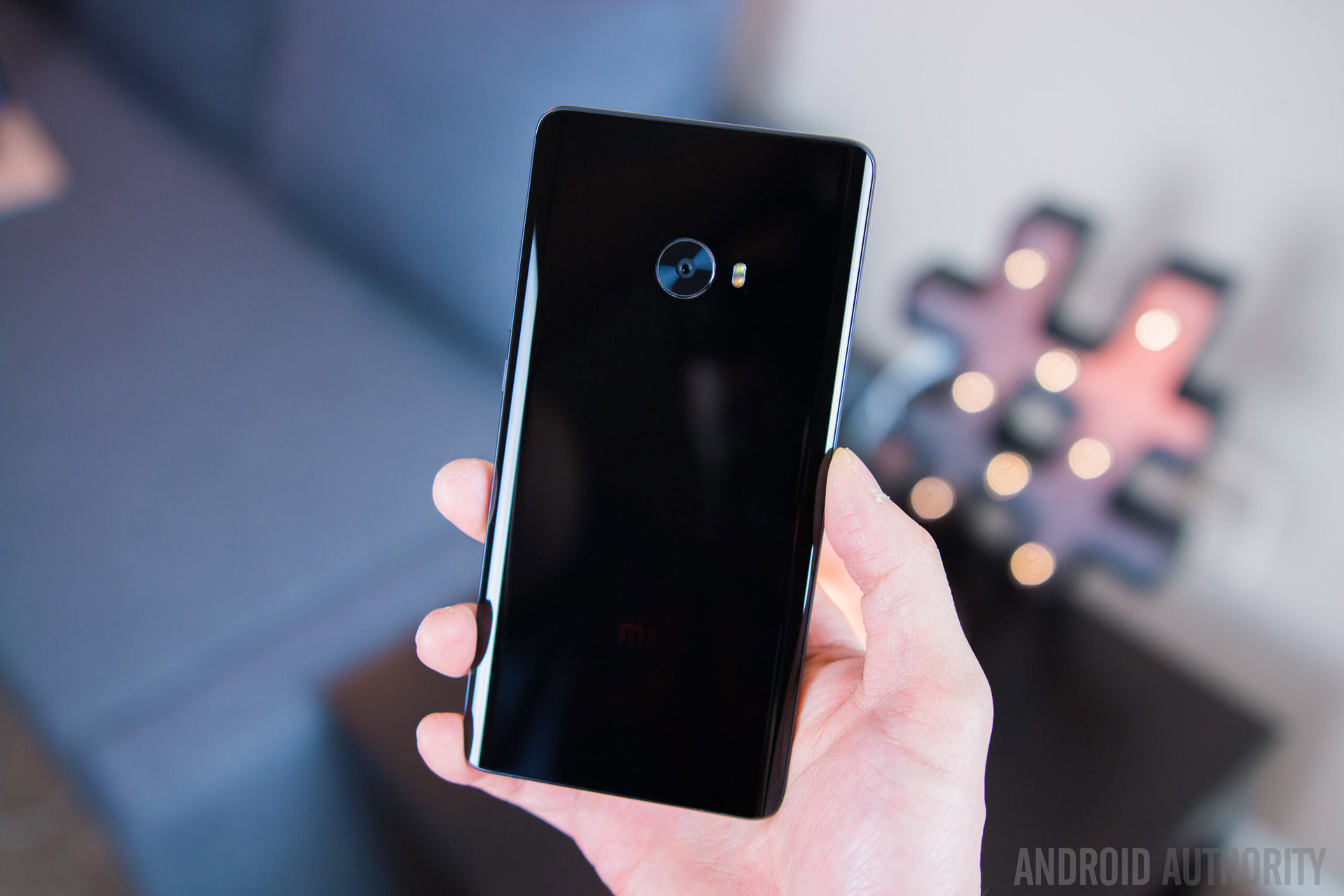
Of course, none of this matters if the picture quality isn’t up to par, and the good news is that the Mi Note 2 is capable of taking some great looking shots. It is fast to focus and capture photos, and with 22 MP, you get plenty of detail and sharpness, which can be seen when zooming into a shot. It does crush shadows a little too much and underexposes in certain situations, but it is nothing that cannot be fixed by using HDR.
Even without optical image stabilization, the camera performs decently well in low light situations as far as capturing detail is concerned, but it does sometimes struggle with white balance, and there also tends to be a flaring effect with highlights. The camera is much slower to capture photos in low light when using HDR, which makes it difficult to grab shots that are in focus without using some other form of stabilization like a tripod.
Software
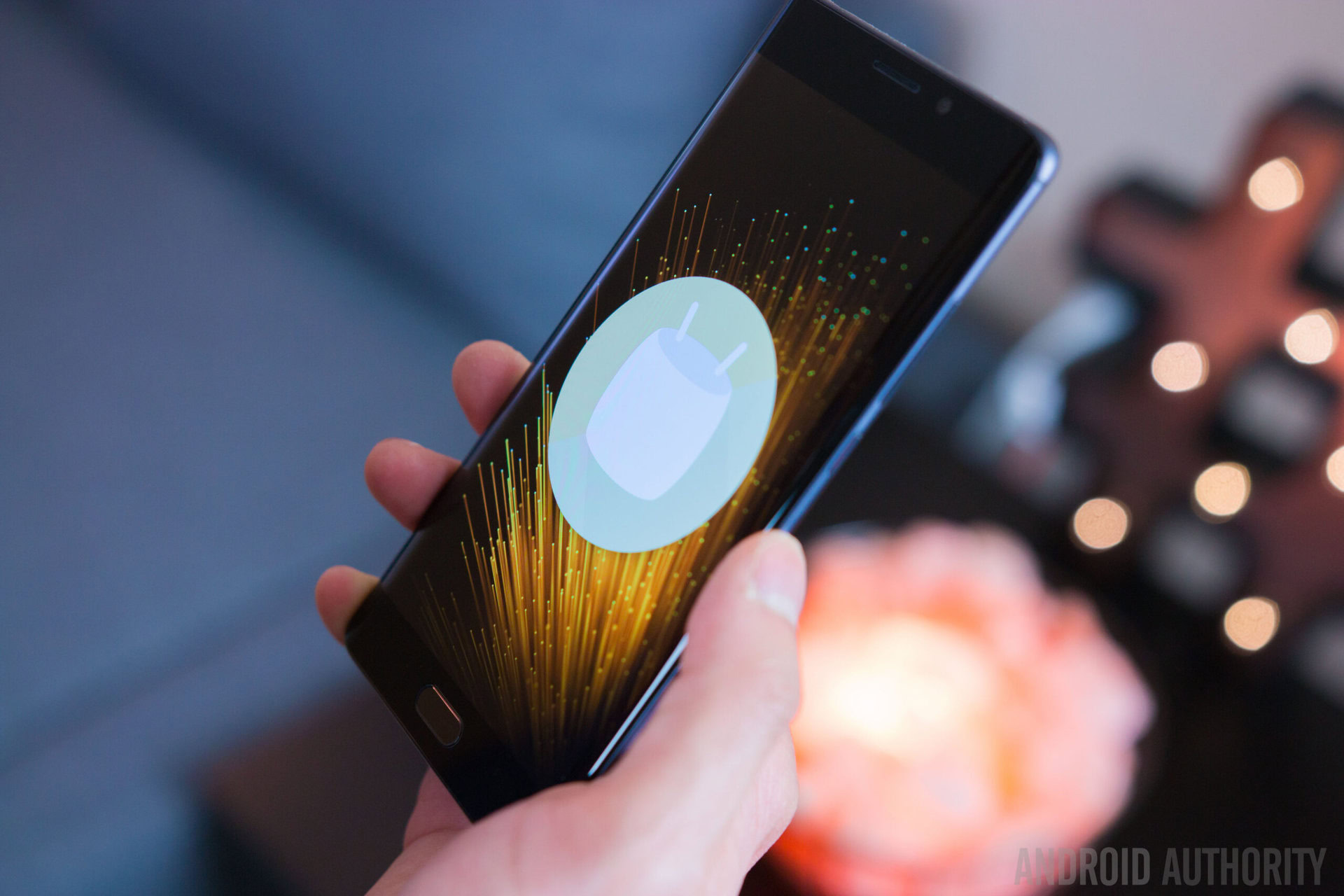
The Xiaomi Mi Note 2 is running the latest iteration of MIUI with version 8, based on Android 6.0 Marshmallow. MIUI 8 was introduced earlier last year, and it brings with a host of new changes to the user interface and overall experience.
There is now a new clean color palette that can be seen throughout the interface and in Xiaomi’s standard set of applications, and the font has also been updated to one that Xiaomi claims is much easier on the eyes even after several hours of reading. The notification panel received a face lift as well, with notifications and the Quick Settings toggles now being bundled into one panel. You also get a convenient weather widget integrated into the notifications window that will change color depending on the time of day.
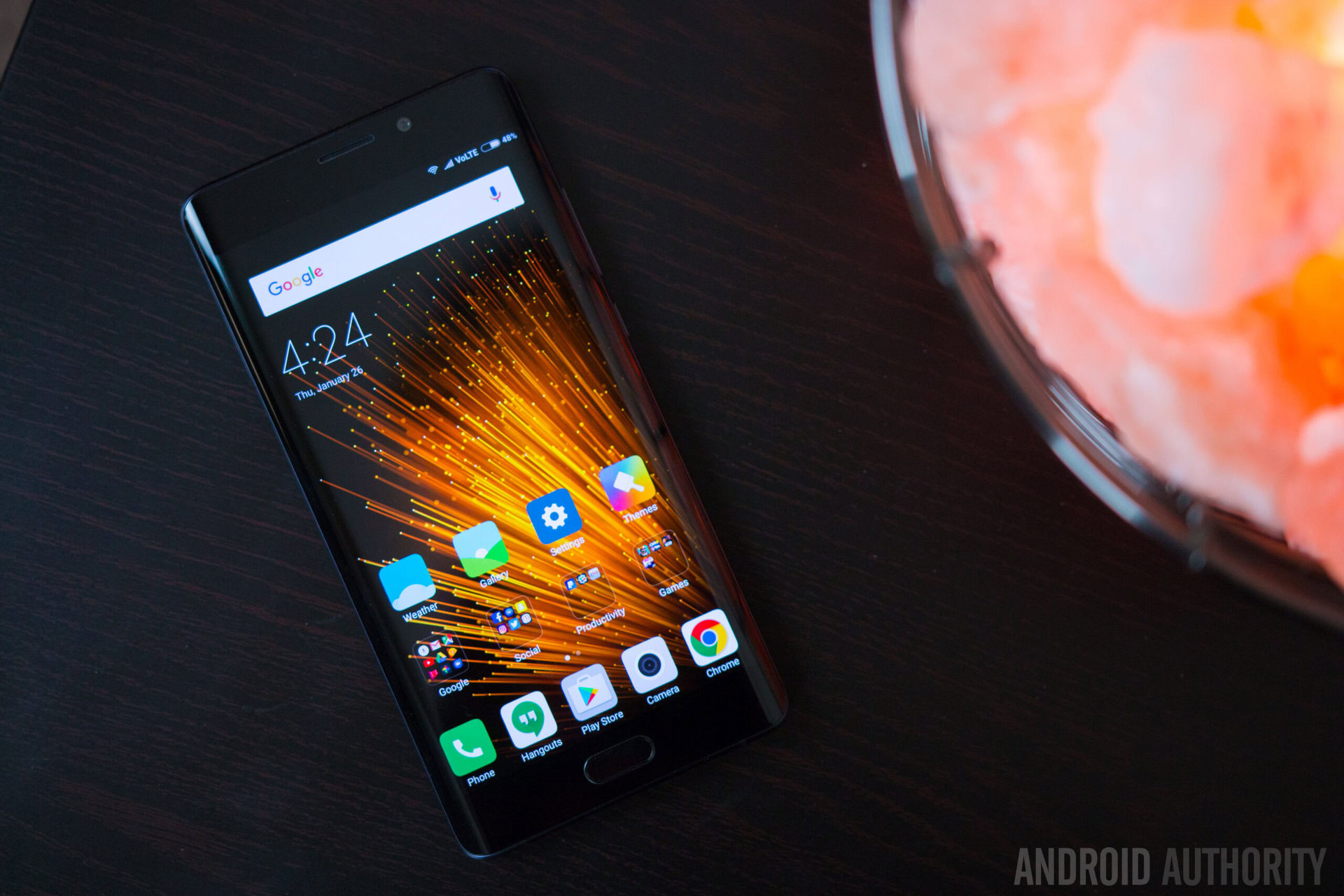
Aside from the aesthetic changes, MIUI 8 also brings a lot of new and interesting features, one of which is called is Dual Apps. With Dual Apps, you can run two instances of the same app, that are completely independent of each other, which is quite unique, and can be very useful with apps that don’t support multiple user logins. Facebook and Snapchat would be prime examples of such apps, but there are many others that can take advantage of this.
Another feature that stands out is called Second Space, that basically lets you create a secondary profile with its own homescreen and apps and is completely seperate from your main profile. If you use your phone for both work and play, this is great way to keep your personal and professional profiles separate, with you able to switch between the two easily.
MIUI is a far cry from stock Android, but Xiaomi’s much needed overhaul to the interface has made it more aesthetically pleasing, and includes many features that actually add a fair amount of value to the software experience and without coming off as gimmicks.
Specifications
| Display | 5.7-inch AMOLED display 1080p resolution, 386 ppi |
|---|---|
Processor | 2.35 GHz quad-core Qualcomm Snapdragon 821 processor Adreno 530 GPU |
RAM | 4/6 GB |
Storage | 64/128 GB no expandable storage |
Camera | 22.56 MP rear camera, f/2.0 aperture, dual LED flash 8 MP front-facing camera, f/2.0 aperture |
Connectivity | Wi-Fi 802.11 a/b/g/n/ac Bluetooth 4.2 NFC GPS + GLONASS IR USB Type-C 1.0 |
Battery | 4,070 mAh |
Software | MIUI 8 based on Android 6.0 Marshmallow |
Dimensions | 156.2 x 77.3 x 7.6 mm 166 grams |
Gallery
Pricing and final thoughts
The most unfortunate part about the Mi Note 2 is that it will officially only be available in China. You can still pick it up in the US via resellers, but it will be quite expensive in that case, with a price point upwards of $700. Of course, to be able to use it in other markets, your best bet will be to get the global edition, which will add to the premium.

So, there you have it for this in-depth review of the Xiaomi Mi Note 2! Aside from the design and the screen size, the device’s similarities with with the Galaxy Note 7 pretty much end there, and you don’t have to dig very deep to see what the differences are. If you are on the hunt for an alternative to the Note 7, the Xiaomi Mi Note 2 will cover you on the aesthetics, but when you get to know this phone inside and out is when you will realize it has a lot more to offer and is more than just your average smartphone clone.